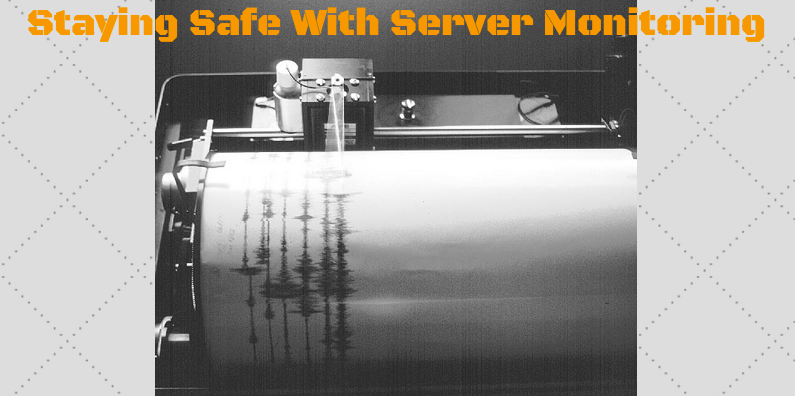
We all understand the importance of server security. Server monitoring is a very important part of keeping your site, email or app online. It helps you know if your server experiences issues or if the performance changes suddenly. The reason this matters is because any drastic or abrupt changes in server activity can knock you offline. There are also instances where these changes are actually caused by malicious activity, such as hacking or DDoS attacks. Server monitoring is a great step towards protecting yourself from that.
How Server Monitoring Works
Server monitoring is made up of several sets of performance data. The first of these is General Performance Data. This monitors more high-level aspects of server performance. There’s also Baseline Performance Data, which is the measurement of change in server activity that occurs over a given period of time. The final component is Service Level Data. Service Level Data details whether a server is meeting certain standards. To effectively monitor your server, you have to understand the relationship between these sets of data and how to determine the value of each. For this data to really provide a clear picture of server performance, metrics must be established.
What Are Server Monitoring Metrics?
Metrics are units of measurement that can be assigned a value to help determine change levels or quantities in a process. To provide truly effective data, a metric must be measurable, first and foremost. It must also clearly define what it is the measure of. There are 5 key metrics that one should consider for server monitoring:
- System Load indicates how many jobs have been handled by the system over a given period of time. Peak and current values, as well as current server status, should also be provided here.
- Disk I/O statistics indicate how many “reads,” “writes” or “transfers” occur per second, per device.
- Memory Utilization indicates how much memory is being taken up by the system at any given point.
- Disk Utilization indicates how much disk space the system is using at a given point.
- CPU Utilization indicates what share of the CPU’s capacity is being used at a given point. Peak and current values should also be included.
Is Server Monitoring For Me?
If server monitoring sounds complicated, don’t worry! Keeping a careful eye on all servers and other infrastructure is a big part of what we do here at HostandStore.com. Just another perk of letting us manage your hosting!
If you have any additional questions about what we do to keep you online, or to learn more about other services we offer, us the LiveChat feature on our website or you can reach us via LiveChat on our site (when available) or through our 24/7 ticketing system.
